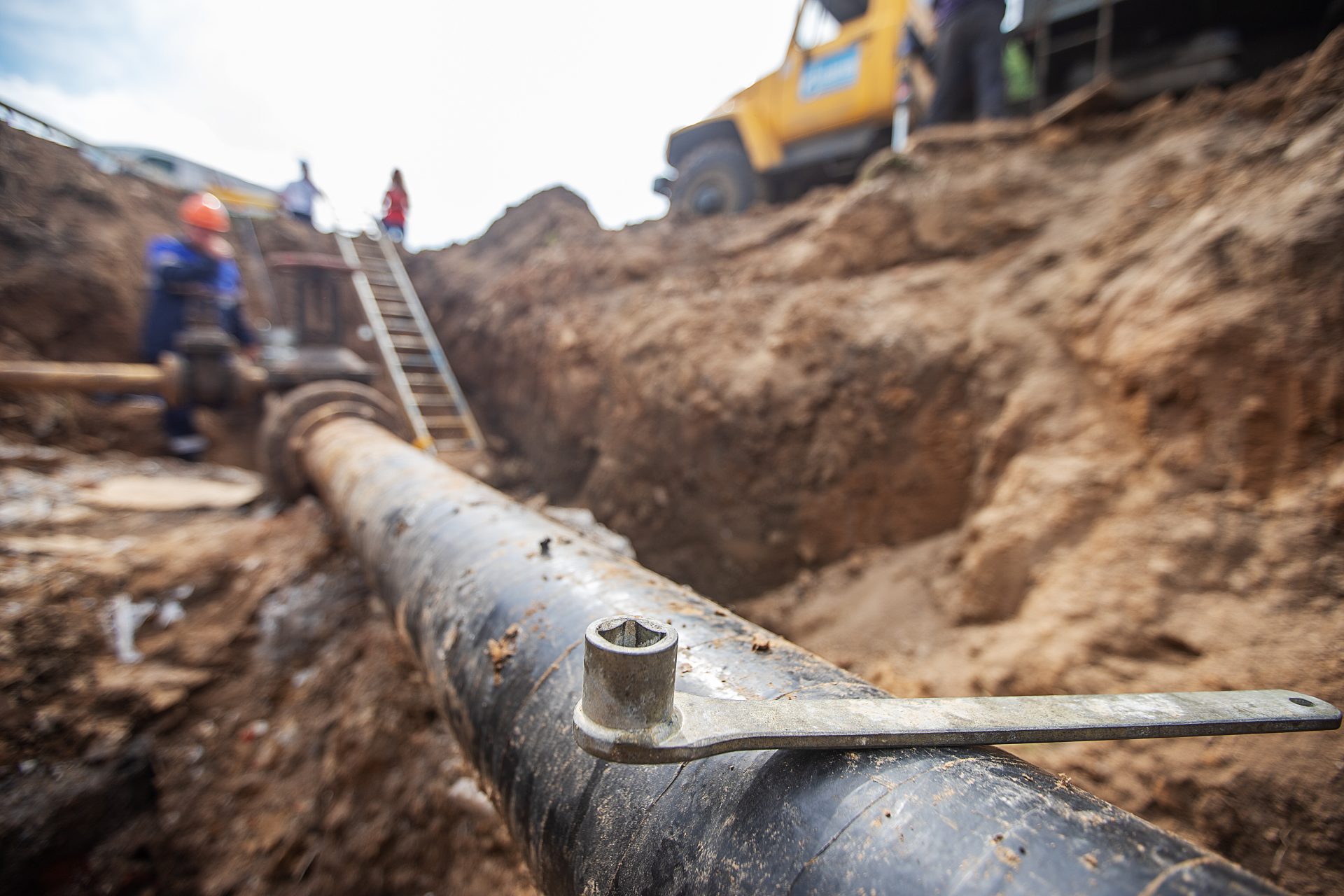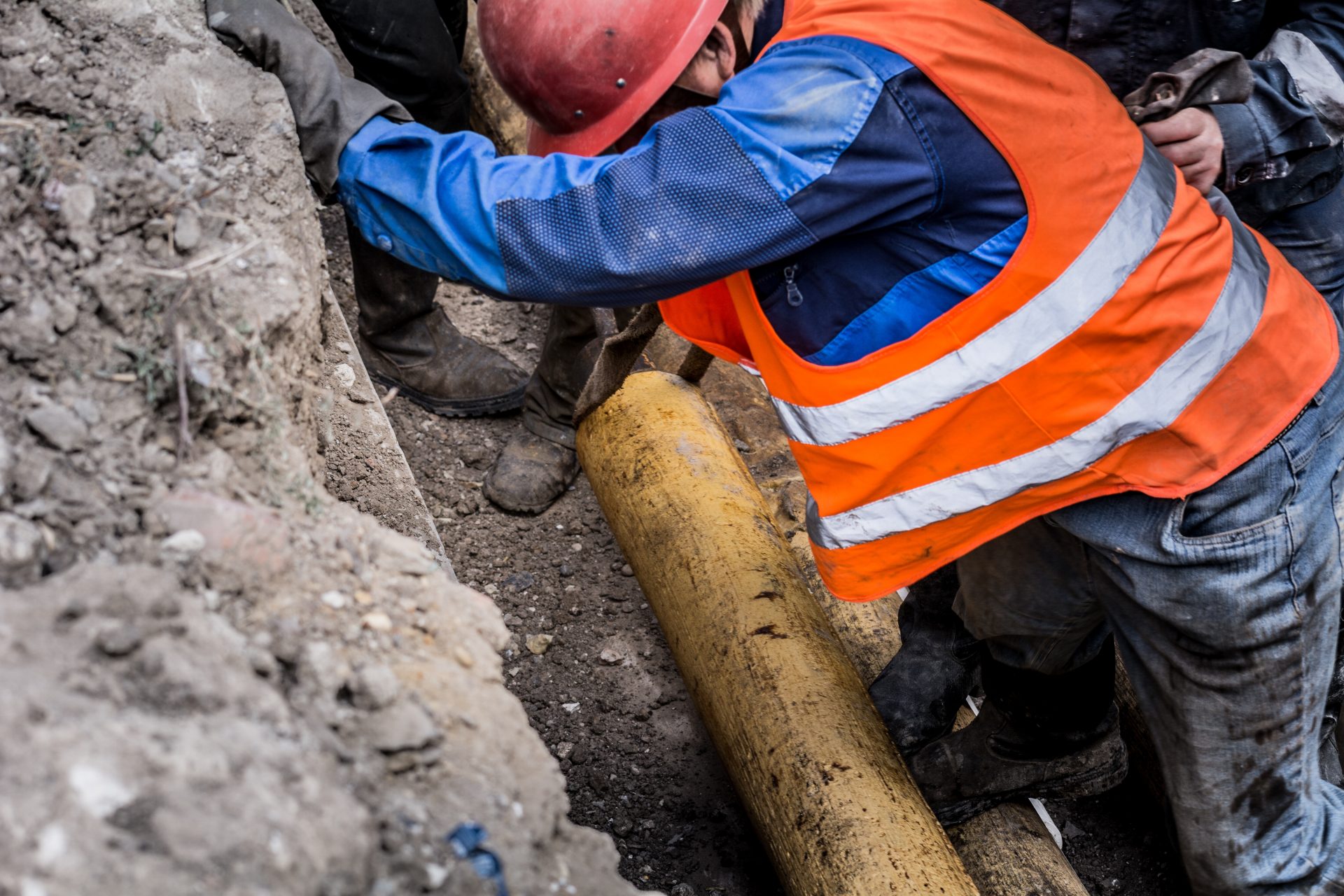Cured-in-place-pipe or CIPP is a pipe rehabilitation method used for repairing old water pipes and damaged sewer systems.
The restoration process begins with an inspection to determine the damage and deploy a suitable solution. Workers then fill a fiberglass liner with resin, subjecting it to heat to harden.
Once cured, the result is a pipe within a pipe that works better without extensive digging or disruption to homes and businesses.
CIPP professionals work with precision instruments to make this pipe repair method possible.
Aside from liners, fiberglass, and polyester that make CIPP lining distinct, workers use several pieces of equipment to make sewer lines and water pipes work like new.
All these tools work together to create a quality pipeline that eliminates plumbing problems now and in the future.
This article will discuss how portable calibration roller plays a crucial role during the resin impregnation phase as well as the features and benefits of using the device concerning the CIPP lining process and its implication for pipe quality and longevity.
If you’re curious as to what it is and how it fits into the CIPP lining process, read to find out more.
What Is A Calibration Roller?
A calibration roller is one of several devices used by CIPP professionals. It’s particularly used during the ‘wet out’ stage, or when the resin is injected into the liner.
Workers use the built-in gap system to set the desired resin thickness, which can be anywhere from 2 to 12 inches in diameter.
Once the diameter is set, workers then feed the liner onto the rollers while the resin gradually fills the liner.
The main purpose of the calibration roller is to ensure the even distribution of the resin inside the liner.
One advantage of calibration rollers is that they’re highly portable and user-friendly. This allows workers to easily perform the job and move to another project with ease. 0
There are two kinds of portable calibration rollers—manual and electrical. A portable manual calibration roller for CIPP lining has a foldable stand with a calibration unit attached.
The stands are 54 x 30 inches wide and are usually made from metal. Portable calibration rollers can serve as stand-alone equipment or they can be mounted on a truck.
In contrast, electrical calibration rollers are mounted on a table or positioned close to the worksite.
They’re also equipped with a built-in gap setting display much like the manual version.
However, a striking difference between manual rollers and electrical ones is their mode of operation.
While the previous is operated by hand, the powered unit uses a foot peddle instead.
Electrical calibration rollers also have additional features that make them ideal for any pipe rehabilitation project.
These innovations include adjustable speeds and directional switches for better control. In addition, it also has safety mechanisms such as pressure limits and emergency stops.
Choosing which roller is best for your pipe repair project boils down to your preference.
What’s important is that you use one to ensure that liners are evenly coated with resin for it to create a new pipe within a pipe.
Why Use One For CIPP Lining?

Portable calibration rollers are vital to the success of any CIPP lining project. They ensure the resin has a uniform thickness throughout the entire length of the liner.
Once the pipe is cured, a well-saturated liner ensures that fluids can flow without interruption.
A properly structured replacement pipe will surely prevent problems from happening in the future.
Another advantage of using calibration rollers is that it minimizes resin wastage.
Rollers limit how much resin is inserted into the liner and allow workers to manipulate both the liner and roller to prevent excess resin use.
Portable calibration rollers are also beneficial since they can lessen workers’ exposure to volatile chemicals.
Manipulating the liner allows professionals to reduce potential health risks that can come from spillage or prolonged handling.
Even though the risks are low, workers are still expected to be in full protective gear because they are still exposed to harmful chemicals and are handling big machinery.
Professionals need to wear the necessary gloves, hats, and boots when working on-site to ensure their safety at all times while rehabilitating the pipe.
There are many benefits to using a portable calibration roller in a pipe rehabilitation project. However, portable calibration rollers aren’t the only precision tools that professionals use during CIPP lining.
These devices work best when used together with a vacuum pump as they can produce a complete wet-out without any fuss.
Conclusion
In sum, portable calibration rollers are a must-have for any CIPP lining project.
Manual and electrical types have distinct features that workers can manipulate to achieve the desired thickness and uniformity of the resin.
They can also use rollers to limit resin volume to reduce spills and even minimize exposure.
When paired with other CIPP tools, they ensure the quality of the project and longevity for water or sewage pipes in homes, businesses, and communities.
